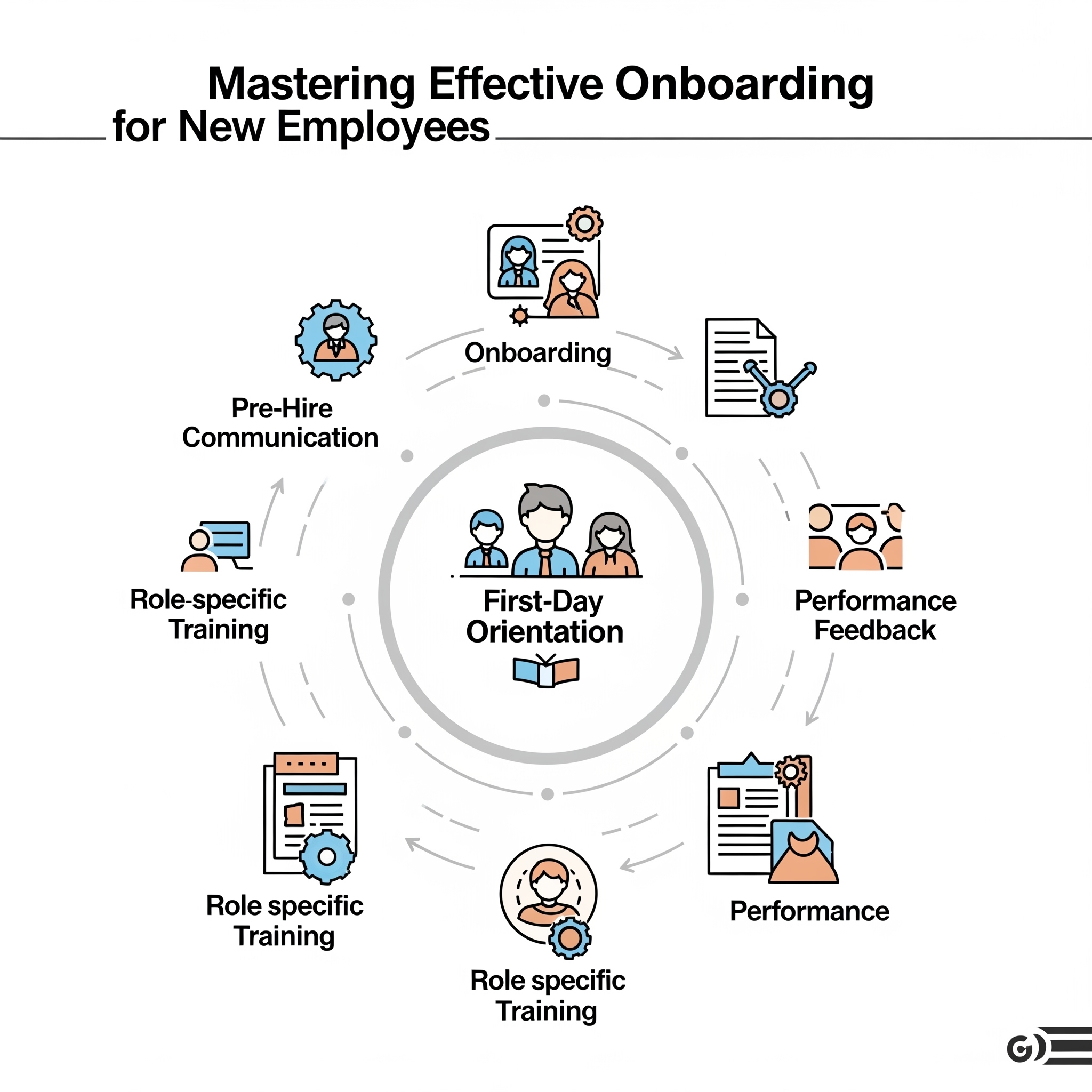The Art of Effective Sales Role Play
The Power of Role Play in Sales Training
Role-playing exercises are a transformative tool in sales training, allowing sales teams to simulate real-world scenarios. These exercises offer a safe environment for salespeople to practice their pitches, refine their communication skills, and anticipate customer objections. By acting out different sales situations, team members can better understand customer needs and develop empathy, which is crucial for building rapport and trust.
Moreover, role play fosters a collaborative learning environment. Team members can offer feedback and share diverse perspectives, enhancing collective knowledge. This dynamic approach to learning ensures that sales techniques are not just theoretical but are tested and refined through practice, leading to more confident and effective sales teams.
Key Techniques for Successful Sales Role Plays
To maximize the benefits of role-playing, it's essential to structure exercises effectively. Begin by setting clear objectives for each session, such as improving objection handling or mastering the art of closing. This focus ensures that participants have a clear understanding of what they're working toward.
It's also important to create realistic scenarios that reflect the challenges salespeople face in their daily interactions. Encourage participants to switch roles—taking on the customer's perspective can provide valuable insights into how sales tactics are perceived. Incorporating feedback sessions after each role play allows participants to reflect on their performance, identify areas for improvement, and celebrate successes.
Overcoming Common Challenges in Sales Role Playing
While role-playing is a powerful tool, it can present challenges. Participants may feel self-conscious or skeptical about the exercises' value. To overcome this, create a supportive and non-judgmental environment where participants feel comfortable taking risks and making mistakes.
Another challenge is ensuring that the scenarios are relevant and realistic. Involve sales team members in designing these scenarios to ensure they reflect actual situations they encounter. This involvement increases buy-in and makes the exercises more engaging and effective.
Additionally, balancing constructive criticism with encouragement is crucial. Feedback should be specific and focused on behaviors rather than personal attributes, enabling participants to make actionable improvements without feeling disheartened.
Measuring the Impact of Role Play on Sales Performance
To truly understand the impact of role-playing exercises, it's important to track relevant metrics. Begin by establishing a baseline of performance metrics before introducing role play into your training regimen. Metrics such as conversion rates, average deal size, and customer feedback can provide quantifiable data on the effectiveness of the exercises.
Regularly review these metrics post-training to assess improvements. Qualitative feedback from participants can also offer insights into how role play has influenced their confidence and approach to sales. By consistently measuring these outcomes, organizations can fine-tune their role-playing exercises to better meet the evolving needs of their sales teams.
In conclusion, role-playing exercises are a vital component of effective sales training. By embracing these exercises, sales teams can improve their communication skills, enhance their ability to handle objections, and ultimately boost their overall performance. Through careful planning, execution, and analysis, role play can unlock the full potential of your sales team, leading to greater success and customer satisfaction.

